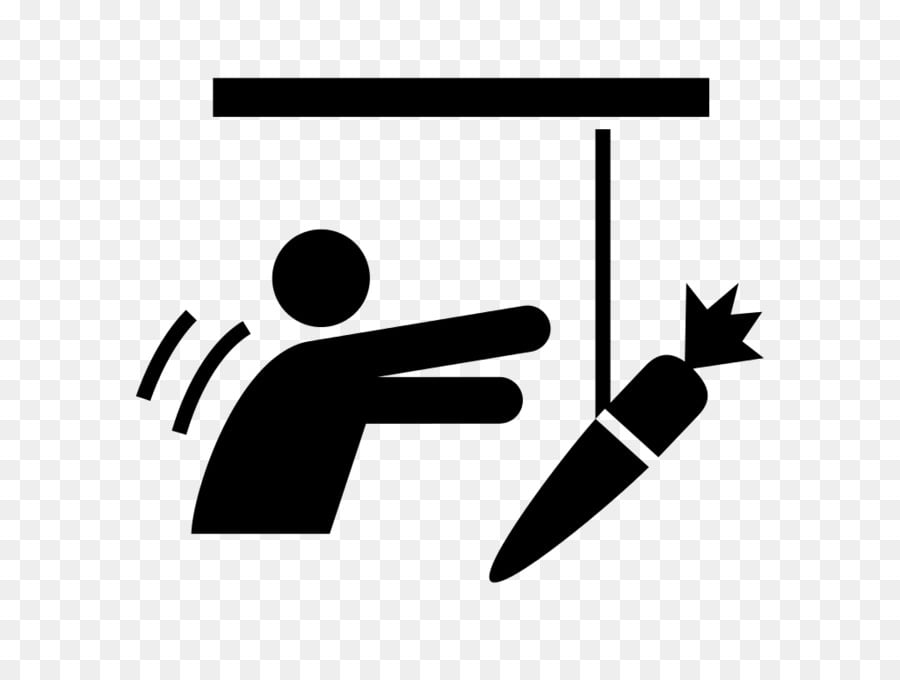Mastering Active Listening in the Classroom: A Comprehensive Guide
Effective communication forms the bedrock of a successful learning environment. As an expert in communication and interpersonal skills, I've found that active listening is paramount in fostering a dynamic and engaging classroom experience for both teachers and students. This guide delves into practical techniques to cultivate a culture of attentive listening, ensuring every voice is heard and valued.
Nonverbal Engagement: The Foundation of Active Listening
Building a strong foundation for active listening begins with nonverbal cues. Maintaining consistent eye contact demonstrates attentiveness and respect, encouraging students to feel comfortable sharing their thoughts. Complement this with positive body language – nodding, smiling, and leaning in – to signal genuine interest and encourage further expression. These subtle yet powerful actions create a welcoming atmosphere conducive to open communication.
Understanding and Responding: Moving Beyond Hearing
Active listening transcends simply hearing; it involves actively processing and responding to what's being said. Paraphrasing and summarizing student contributions ensures accurate comprehension and validates their participation. This demonstrates your engagement and helps solidify their understanding. Furthermore, posing open-ended questions encourages deeper critical thinking and expands on their initial ideas, fostering a more insightful discussion.
Empathy and Inclusivity: Creating a Safe Space for Communication
Active listening is deeply intertwined with empathy. By acknowledging and understanding the emotions behind students' words, you create a safe and supportive classroom environment. This encourages open expression, reducing inhibitions and fostering trust. Remember to minimize distractions, creating an environment free from interruptions that could hinder effective communication.
Practical Strategies for Effective Classroom Listening
Active listening is a skill honed through consistent practice. Active note-taking not only demonstrates your engagement but also provides valuable reference points for future discussions. Encouraging turn-taking ensures equal participation, utilizing techniques like raising hands or speaking tokens to promote fair dialogue. Be mindful of patience; avoid interrupting students, giving them ample time to articulate their thoughts fully. This respectful approach encourages open and honest communication.
Technology and Active Listening: A Powerful Synergy
In today's digital age, technology can significantly enhance active listening strategies. Incorporating interactive tools, such as online discussion forums or polling apps, provides opportunities for diverse voices to be heard. These tools can further engagement and enrich the learning experience. Remember to utilize technology wisely, ensuring it complements, rather than distracts from, the core principles of active listening.
Cultivating a Culture of Respect and Understanding
Creating a supportive environment is crucial. Students must feel comfortable expressing their ideas without fear of judgment. Encourage mutual respect and active listening among peers, fostering a collaborative learning community. Flexibility and adaptability are equally important; adjust your listening techniques to match different learning styles and preferences. Some students might thrive in group settings, while others may prefer individual attention.
Reflective Listening: A Deeper Dive into Understanding
Reflective listening involves paraphrasing, clarifying, and summarizing students' points to confirm understanding. This technique reinforces what they've said, making them feel heard and validated. It also allows for the opportunity to clarify any misunderstandings.
Conclusion: A Journey of Continuous Improvement
By implementing these techniques, teachers can cultivate a classroom characterized by active listening, empathy, and effective communication. Remember that active listening is a continuous journey of improvement. Adapt these techniques to your teaching style and the specific needs of your students. The rewards – a more engaged, understanding, and successful learning environment – are well worth the effort.
I encourage you to reflect on these techniques and share your experiences and insights. How have you incorporated active listening into your classroom? What strategies have proven most effective? Let's continue the conversation in the comments below.




No comments yet. Be the first to share your thoughts!